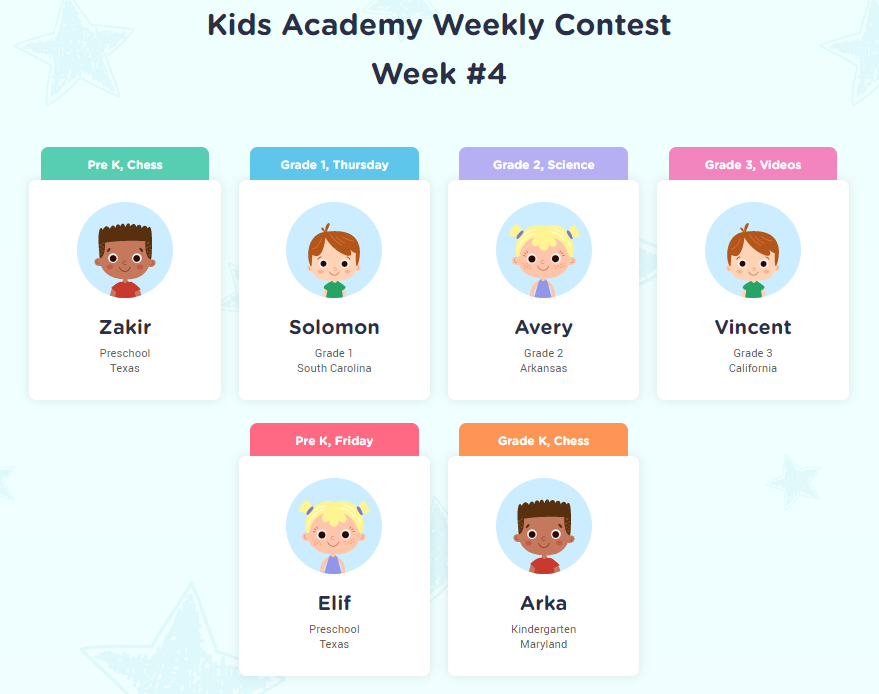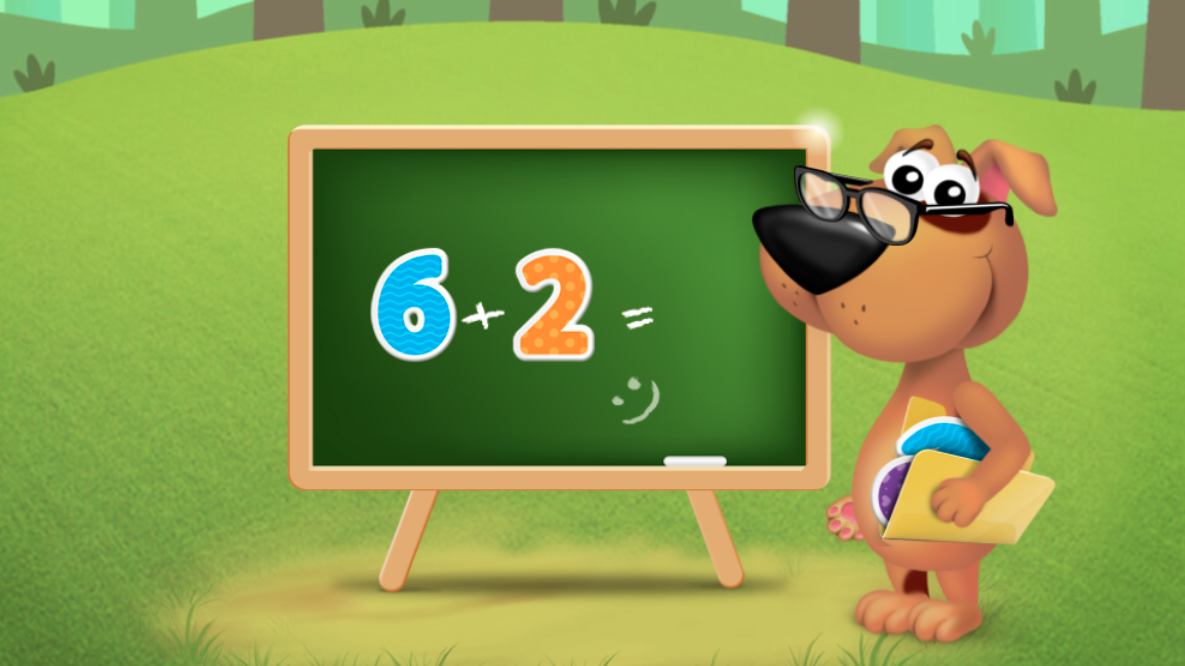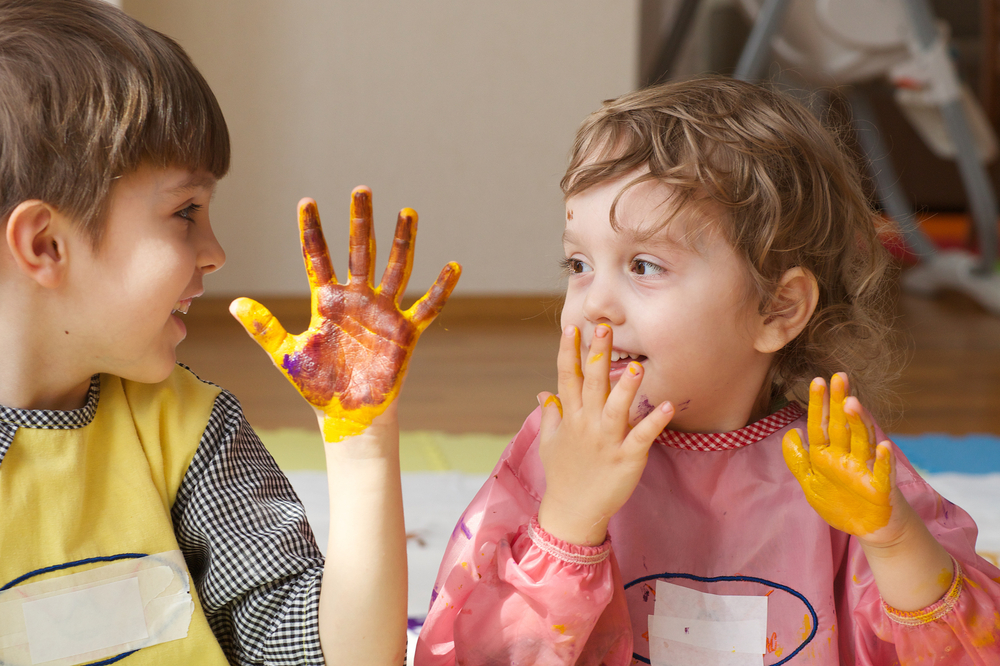Understanding opposites Math Worksheets for Ages 3-7
4 filtered results
-
From - To
Welcome to our "Understanding Opposites Math Worksheets" designed for children ages 3-7! These engaging worksheets help young learners explore the concept of opposites through fun and interactive activities. By featuring colorful illustrations and age-appropriate exercises, children will grasp the idea of opposites such as big and small, hot and cold, and more. These worksheets not only enhance critical thinking but also promote essential math skills in a playful manner. Whether at home or in the classroom, our resources provide the perfect support for early education. Start your child's learning journey today and watch their confidence soar as they master opposites!
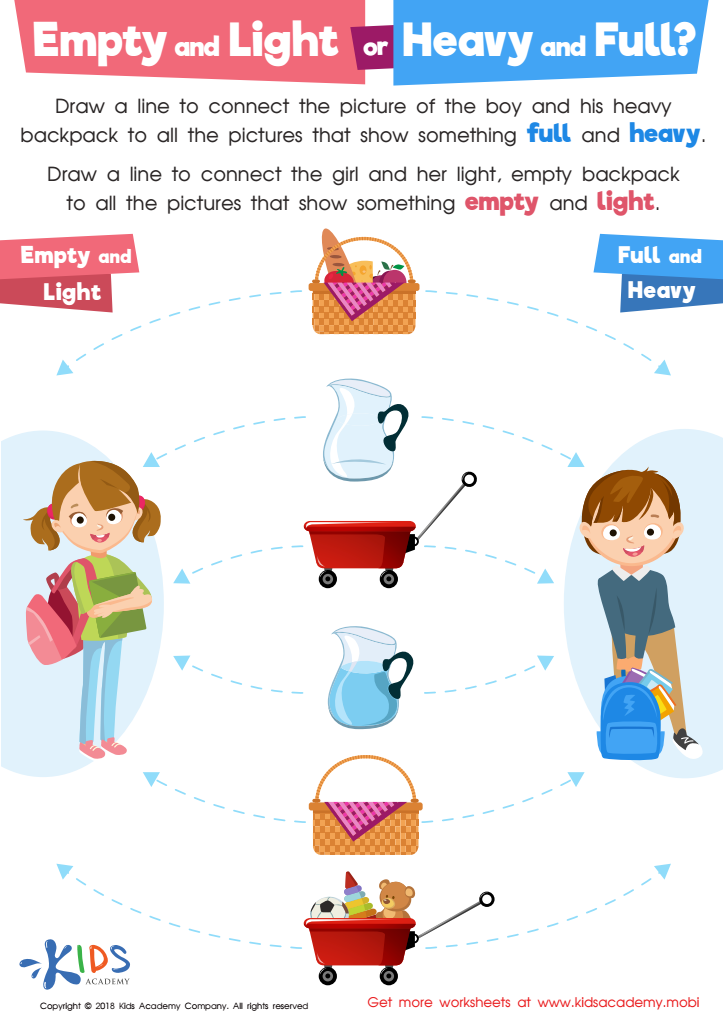

Empty and Light or Heavy and Full? Worksheet
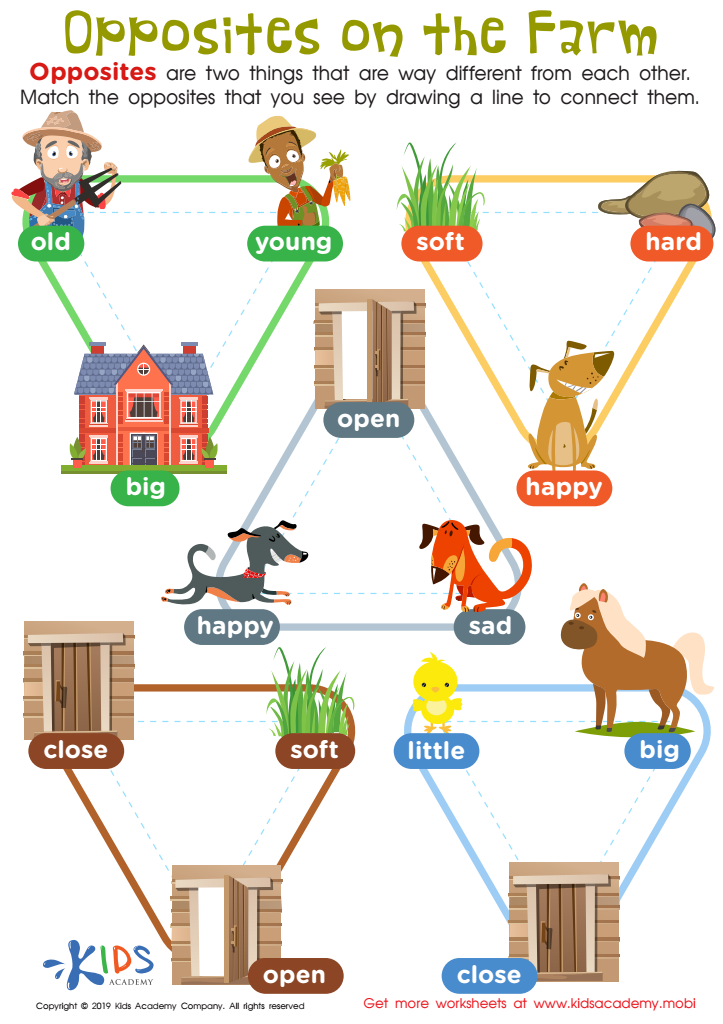

Opposites on the Farm Worksheet
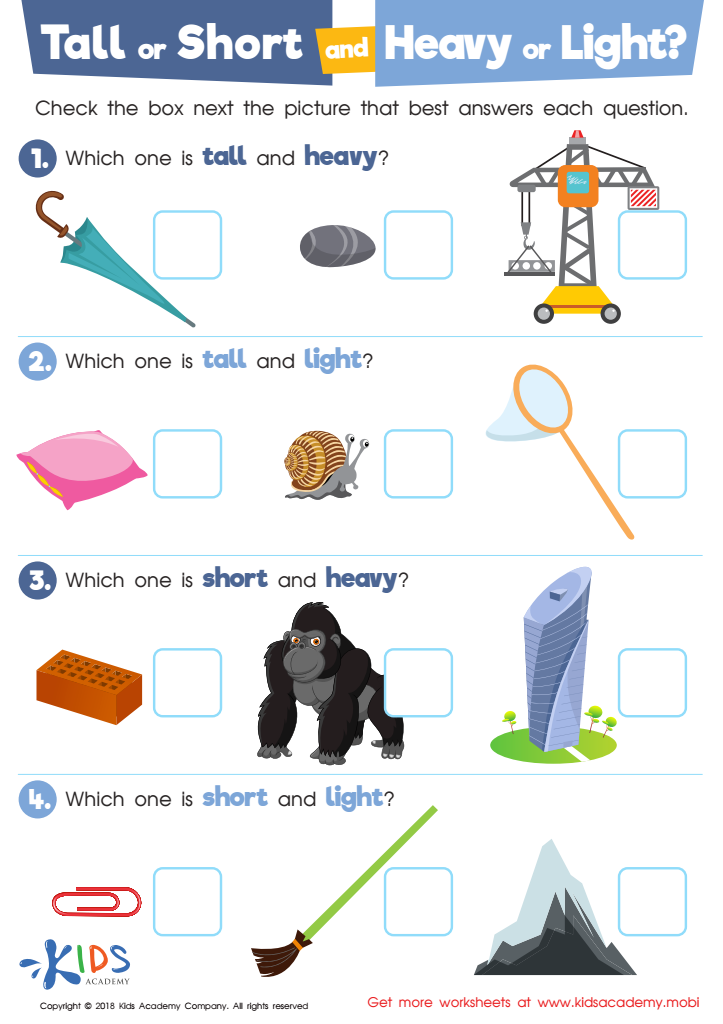

Tall or Short and Heavy or Light? Worksheet
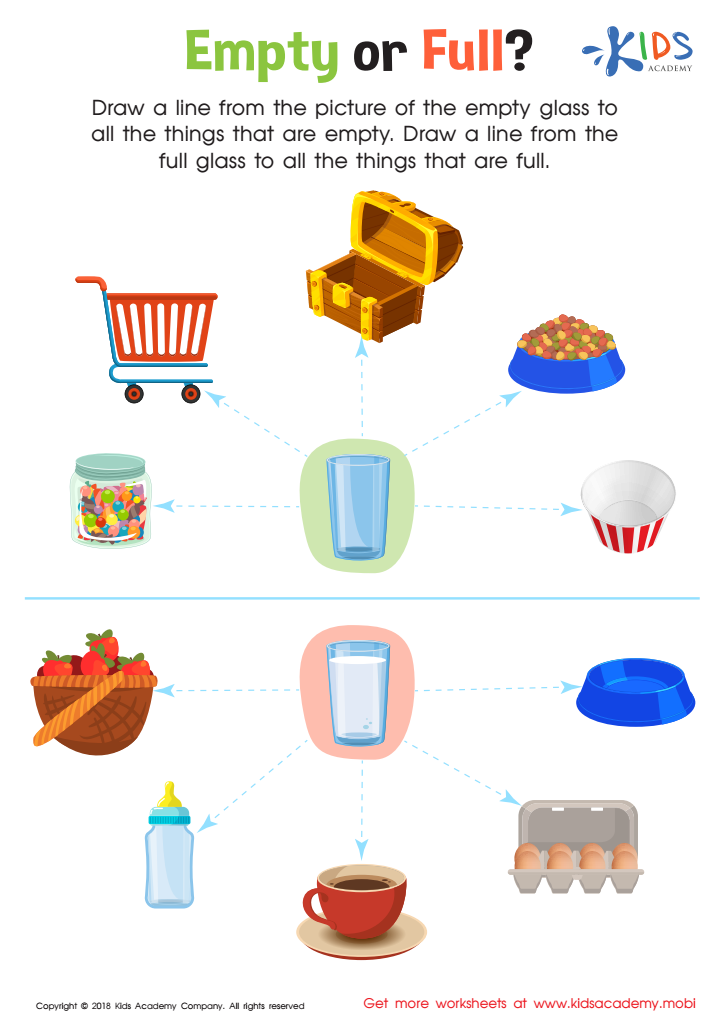

Empty or Full? Worksheet
Understanding opposites in math is crucial for children ages 3-7 as it lays the foundation for essential cognitive and reasoning skills. At this stage, children are naturally curious and eager to explore concepts that help them make sense of the world around them. By learning about opposites such as big/small, hot/cold, and more/less, kids develop a clearer understanding of comparative relationships. This skill is foundational for grasping more complex mathematical concepts like addition and subtraction, where opposites often play a role.
Moreover, introducing academic vocabulary associated with opposites can enhance language development and communication skills. Recognizing opposites fosters critical thinking—children learn to categorize objects and ideas, improving their problem-solving abilities. In everyday situations, understanding opposites helps enhance their organizational skills, including sorting and classifying, which are key elements in later math learning.
For parents and teachers, engaging children in activities that highlight opposites, through games or visuals, can create a nurturing learning environment. It encourages interaction, sparking curiosity and collaboration that effectively translates into enduring educational benefits. Therefore, prioritizing this aspect of math promotes holistic development, ensuring children are well-equipped for future learning challenges.
 Assign to My Students
Assign to My Students




